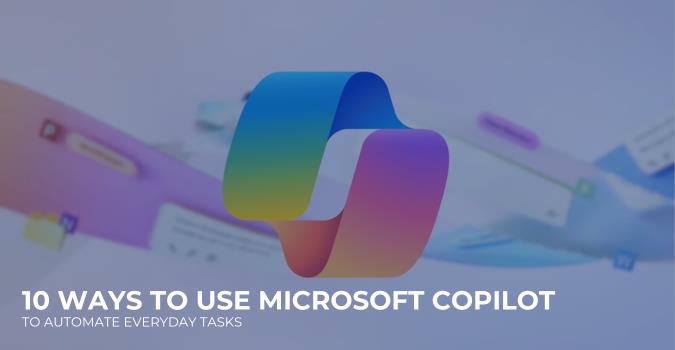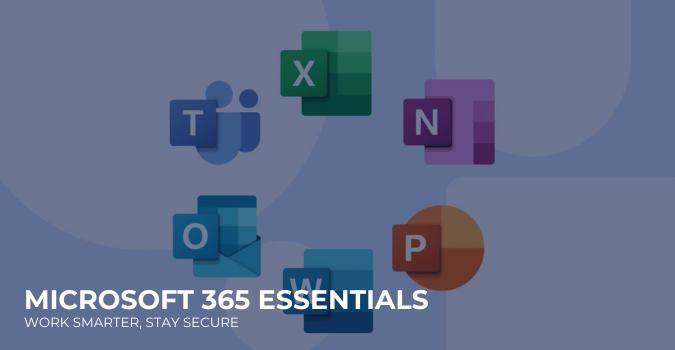Managing IT in today’s digital world can feel like a tightrope walk blindfolded – one misstep and you’re lost in a maze of server crashes and security breaches. Building an in-house team for every twist and turn seems like a daunting trek. However, outsourcing to a Managed Service Provider (MSP) raises equally intriguing questions. In this article, we will delve into the pros and cons of outsourcing managed IT services to help businesses make informed decisions.
What are Managed IT Services?
Managed IT Services are a type of outsourcing where a third-party provider takes over the responsibility of managing and maintaining your IT infrastructure. This includes tasks such as:
- Cyber Security
- Server Support
- Helpdesk Support
- Cloud Management
- Network Management
- Data Backup and Recovery
Pros of Outsourcing Managed IT Services
There are many potential benefits to outsourcing your IT needs to a managed service provider (MSP). Here are some of the most compelling:
Cost Savings: One of the primary advantages of outsourcing managed IT services is cost savings. Organisations can avoid the expenses associated with hiring and training in-house IT staff, as well as the costs of maintaining and upgrading IT infrastructure. Outsourced services often operate on a subscription or pay-as-you-go model, providing businesses with predictable and manageable IT budgets.
Access to Expertise: Outsourcing allows businesses to tap into a pool of specialized skills and expertise. Managed IT service providers are typically staffed with professionals who possess a deep understanding of the latest technologies and industry best practices. This expertise can enhance the efficiency and effectiveness of IT operations.
Focus on Core Competencies: By outsourcing IT functions, businesses can free up internal resources to focus on core competencies. This enables organisations to concentrate on strategic initiatives and business growth, leaving the technical intricacies to dedicated professionals.
Scalability and Flexibility: Managed IT services can easily scale to accommodate the evolving needs of a business. Whether scaling up during periods of growth or scaling down during lean times, outsourcing provides the flexibility to adapt IT services to match the changing demands of the business environment.
24/7 Monitoring and Support: Many Managed IT Service Providers offer around-the-clock monitoring and support, ensuring prompt identification and resolution of issues. This proactive approach to IT management can minimise downtime and contribute to enhanced overall system reliability.
Cons of Outsourcing Managed IT Services
While there are many benefits to outsourcing IT, it’s important to be aware of the potential drawbacks as well. Here are some of the things to consider:
Loss of Control: Outsourcing IT services means relinquishing a degree of control over the management and security of sensitive data and critical systems. This loss of control can be a concern for some organisations, particularly those in highly regulated industries.
Security Concerns: Entrusting third-party providers with sensitive data raises security concerns. Businesses must carefully vet and select reputable managed IT solution providers with robust security measures in place to mitigate the risks of data breaches and cyberattacks.
Communication Challenges: Geographic and cultural differences between the outsourcing company and the managed service provider can lead to communication challenges. Effective communication is crucial for successful collaboration, and potential language barriers or time zone differences may hinder seamless interaction.
Dependency on Service Provider: Relying on an external service provider for critical IT functions can create a dependency that might be challenging to manage. Organisations should carefully consider the contractual terms and service level agreements (SLAs) to ensure they have adequate control and recourse in case of service disruptions.
Initial Setup and Transition Costs: While long-term cost savings are a significant benefit, the initial setup and transition to an outsourced model can incur additional expenses. Organisations need to carefully plan and budget for these costs to avoid unforeseen financial challenges.
Conclusion
Outsourcing managed IT services can be a great way to save money, and improve IT performance. And free up your internal staff to focus on core business activities. However, it is important to be aware of the potential drawbacks before making a decision. By carefully weighing the pros and cons, you can decide whether or not outsourcing is the right choice for your business.
As you navigate the landscape of managed IT services, consider partnering with Computer Support Professionals, who not only offer a range of expertise but also maintain a robust IT environment.




